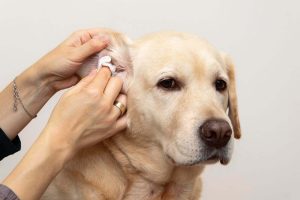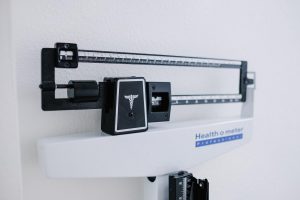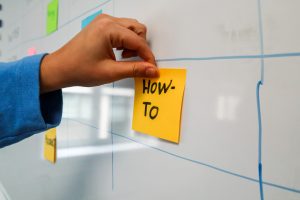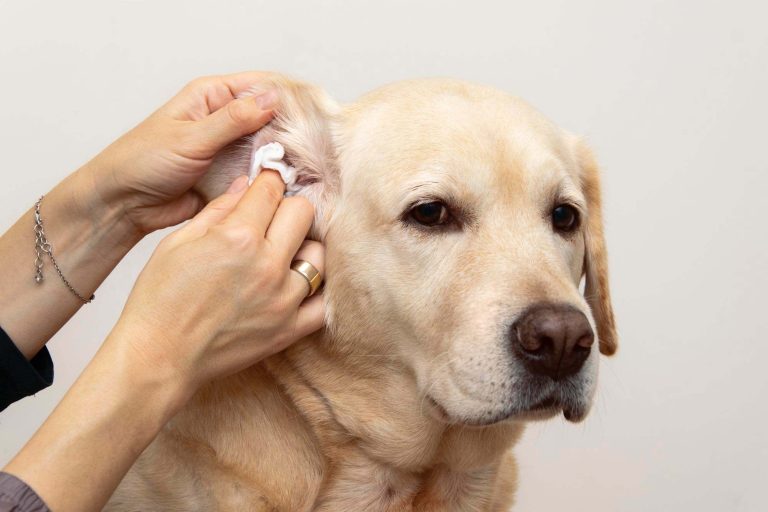Before we start
Here are a few things you should think about the Rubik’s Cube. A portion of these focuses may strike you as paltry from the outset, however each manages the cost of some knowledge that will become clearer the additional time you go through with the 3D square.
The Rubik’s Cube has six countenances.
Each face is characterized by its middle. The face with the blue place will eventually be blue when the 3D square is settled.
- Centers don’t move. White is regularly inverse of yellow, blue is normally inverse green, and red is ordinarily inverse orange.
- There are three stickers on Corner pieces and two on edge pieces. When settling the cube, attempt to remember that you are moving pieces, not stickers. Another perspective about this point is that a red sticker on a corner piece won’t ever move to an edge position.
Solid shape notation
Addressing the solid shape will expect you to turn its countenances. Each face is addressed by a letter. The heading of a given revolution is signified by the presence or nonappearance of a prime (‘) image.
Right face: R
Left face: L
Upward-pointing face: U
Downward-pointing face: D
Front face: F
- Back face: B
R, L, U, D, F, or B intends to turn the comparing face 90 degrees clockwise
R’, L’, U’, D’, F’, or B’ signifies to turn the comparing face 90 degrees counterclockwise. R2, L2, U2, D2, F2, or B2 intends to turn the comparing face 180 degrees.
Stage One: Make the daisy
The objective of this progression is to put four white edge stickers around the yellow community. At the point when you are done with this progression, the highest point of your solid shape should resemble this:
Note: It doesn’t make any difference what shading the dim squares are. Two things to remember:
When a white sticker is set close to the yellow place, it shouldn’t be moved.
You can turn the top layer without upsetting anything close to the yellow community.
Stage Two: Create the white cross
For every petal on the “daisy,” match the non-white sticker to the focal point of a similar shading. Once coordinated, turn the face with the coordinating with focus multiple times. Rehash this cycle three additional occasions. At the point when you are done, the base essence of the shape will have a white cross.
Note: For the remainder of the tackle, the white cross will be on the base. On the off chance that you at any point track down the white cross elsewhere, something has turned out badly.
Stage Three: Solve the first Layer
Time to get familiar with your first calculations. The accompanying “trigger moves” are the most fundamental of the pack:
Right Trigger = R U R’ Left Trigger = L’ U’ L
Search for white stickers on the top layer that face the sides. (In the event that you track down a white sticker on the top substance of the 3D square, or on the base layer of the 3D shape pointing outward, we’ll manage it later.) Each white sticker ought to be on a corner piece with three stickers. Pivot the top essence of the solid shape so the sticker alongside the white sticker that is additionally outward confronting (i.e., not the sticker on the top) askew matches the focal point of a similar shading.
Follow the steps
Whenever you’ve combined them, face the shading coordinated with stickers toward you. In the event that the coordinated with sticker in the top layer is right of the middle, play out the Right Trigger. In the event that the coordinated with sticker is left of focus, play out the Left Trigger.
On the off chance that you have a white sticker confronting the top, position the white sticker over something that isn’t white (since it will upset whatever is under), and, in the event that the piece is on the privilege or on the left, play out the accompanying calculation:
R, U, R’, R, U, R’
Or on the other hand L’, U, L, L’, U, L
In the event that you have an outward confronting white sticker in the base layer, face it toward you and position the block so it is either in the base left or base right corner of the side confronting you, and perform either the left or right trigger, individually, to migrate it to the top substance of the 3D shape.
Stage Four: Solve the middle Layer
Recognize edge pieces on the top layer that don’t have yellow stickers. (On the off chance that it has a yellow sticker, it has a place on the top and not in the center.) Once you discover an edge without a yellow sticker, pivot the top substance of the block until the outward confronting sticker on that edge piece is straight absurd piece of a similar shading.
When it matches, take a gander at the vertical confronting sticker on that edge piece. That sticker will coordinate with the middle on either the left or the right.
On the off chance that it matches on the right, play out the accompanying calculation: U + Right Trigger
Doing so will upset the primary layer. Fix the dislodged white corner sticker as you did in sync three.
On the off chance that it matches on the left, play out the accompanying calculation: U’ + Left Trigger
Doing so will upset the principal layer. Fix the uprooted white corner sticker as you did in sync three.
Now, you will discover no edge pieces in the top layer without yellow stickers however the center layer isn’t settled. In such cases, uproot them is coordinated with the center layer edge piece by playing out the left or right trigger. Now there’ll be an edge piece in the top layer without a yellow sticker. Tackle for it as depicted previously.
Stage Five: Create the yellow cross
The objective of this progression is to make a yellow cross on the vertical pointing face of the block. This whole advance depends on the accompanying calculation:
F U R U’ R’ F’
On the off chance that your top face has no yellow edge pieces, perform ***F U R U’ R’ F’. On the off chance that your top face has two yellow edge pieces to such an extent that they structure a line with the middle yellow piece, situate the cube to such an extent that the three yellow stickers structure an upward line and perform ***F U R U’ R’ F’. In the event that your top face has two yellow edge pieces with the end goal that they structure a regressive L, turn the top substance of the cube until the edge pieces are at the 12 and 9 places of a clock and perform ***F U R U’ R’ F’. Now, the top substance of your shape ought to look like a yellow cross.
Step Six: Solve the yellow face
The objective of this progression is to totally settle the top essence of your shape. At the point when you’re done, that face ought to be totally yellow. For this progression, you will utilize the accompanying calculation:
R U R’ U R U2 R’
Start by investigating the top essence of your block. What number of corners have yellow stickers on top?
On the off chance that you have zero or two, hold the shape so a yellow sticker is in the upper right-hand corner of the face in your left hand, for example here:
…and perform the process R U R’ U R U2 R’.
If you have one yellow corner on top, it will look like a fish on the top of your cube. Spin it until the fish is pointing down and to the left.
You may need to arrange the fish and play out the calculation one final time. When you have, the yellow face will be totally addressed.
Step Seven: Position the corners of the cube
Note that the eighth step of the calculation fixes the seventh. That is purposeful, in light of the fact that it will make remembering the calculation simpler: Notice that R U R’ U R U2 R’ is a similar calculation you utilized in sync six.
Utilize this new calculation to situate each of the four corners in the right spot. Assuming you need to switch two corners slantingly, play out the calculation once, reposition and perform a subsequent time.
Step Eight: Position edges
The objective of this progression is to cycle the situation of the block’s edge pieces. The accompanying calculations will cycle the places of the edge pieces marked X, Y, and Z in a clockwise or counter-clockwise design, separately:
F2 U R’ L F2 L’ R U F2 (rightward) F2 U’ R’ L F2 L’ R U’ F2 (leftward)
In the event that one face’s edge pieces are as of now effectively situated, arrange that face away from you and perform whichever calculation will cycle the excess edge pieces the fitting way.
On the off chance that each of the four edge pieces is lost, play out the counterclockwise calculation once, position the side with the tackled corners from you, and perform it a subsequent time.
We hope that you could learn that how to pronounce. If you are a visual type of person, then we can recommend this short video for you to watch.
If you need a longer, then we might recommend this one for you:
Do you want to learn more?
Click on the link below and learn many of our articles to solve every day questions.


















